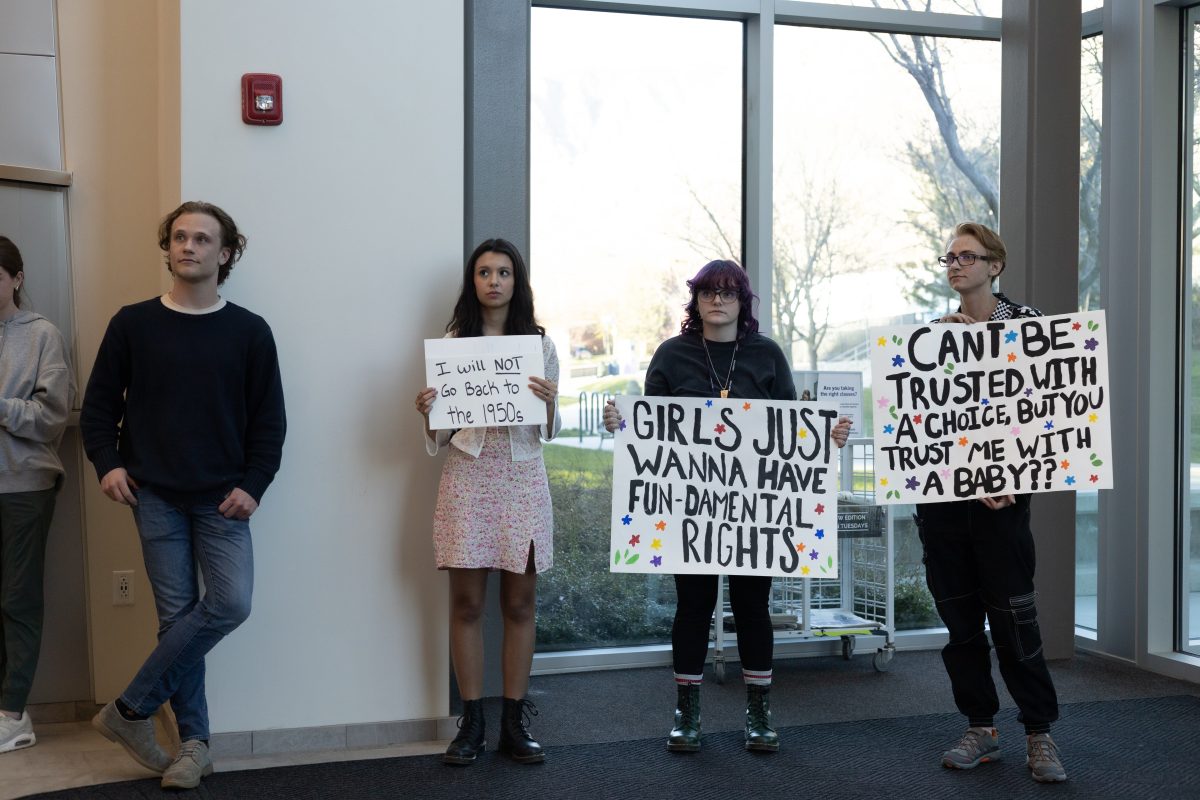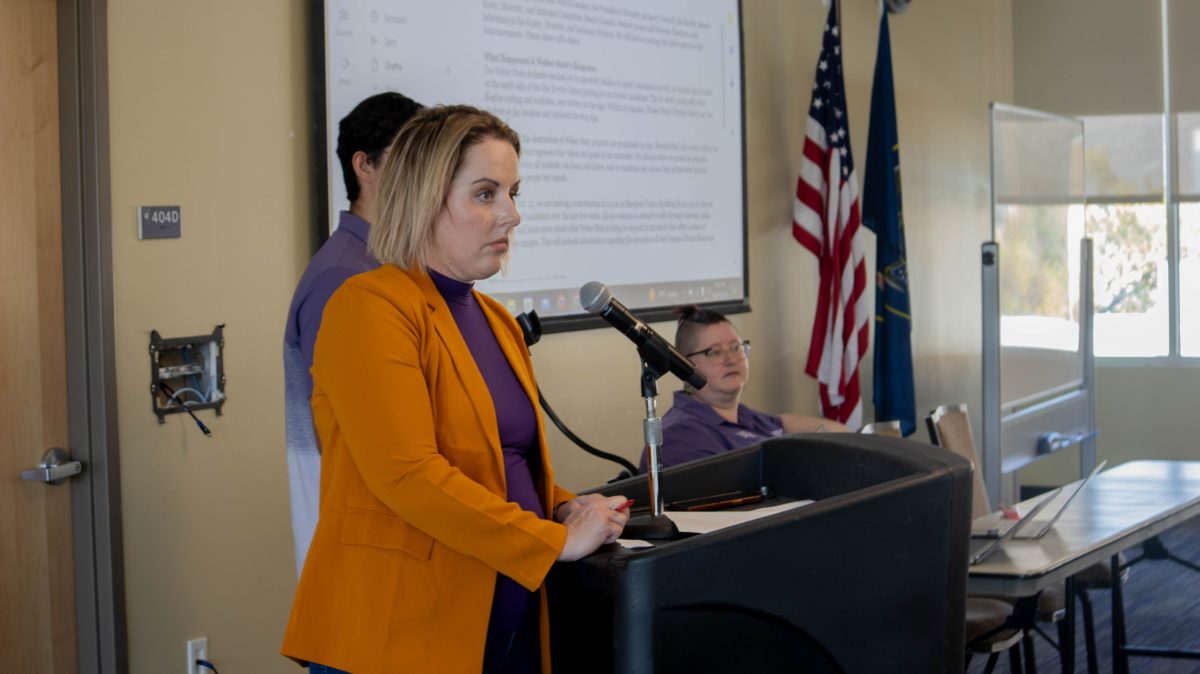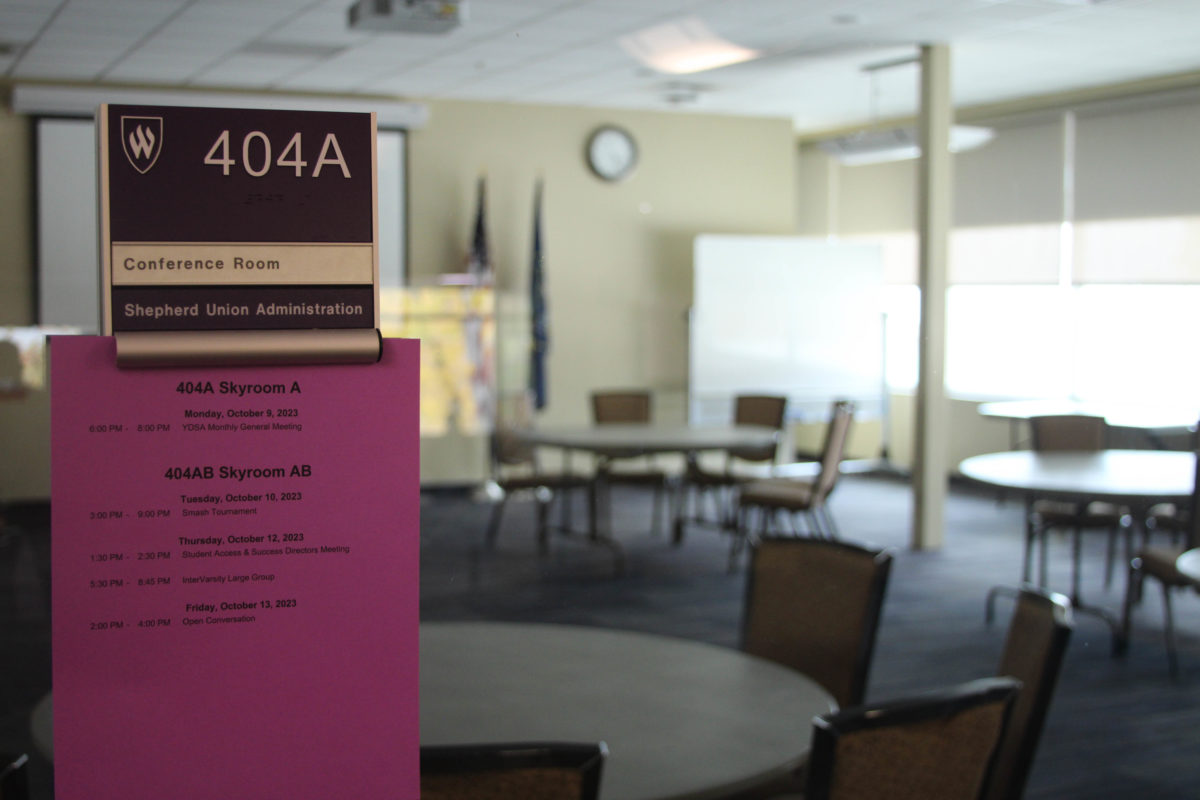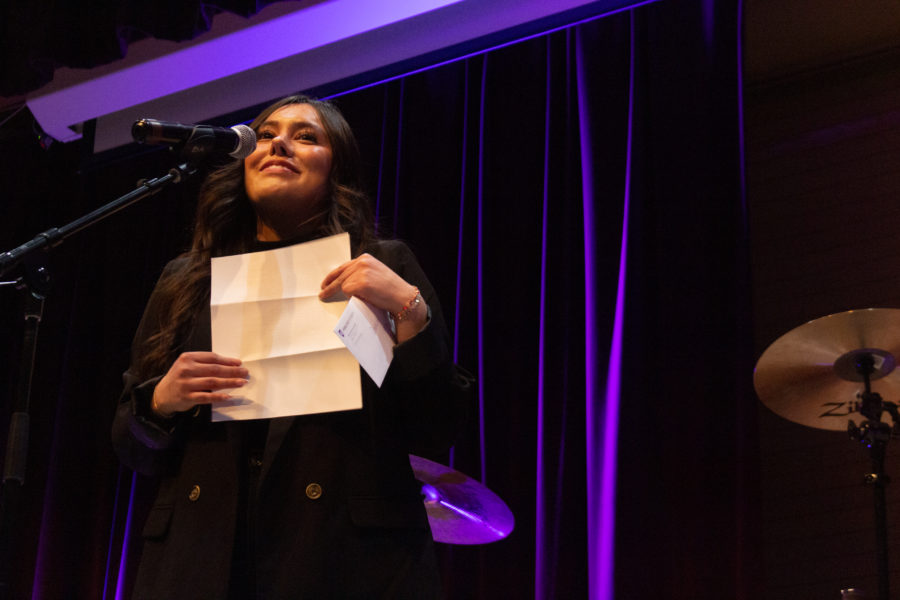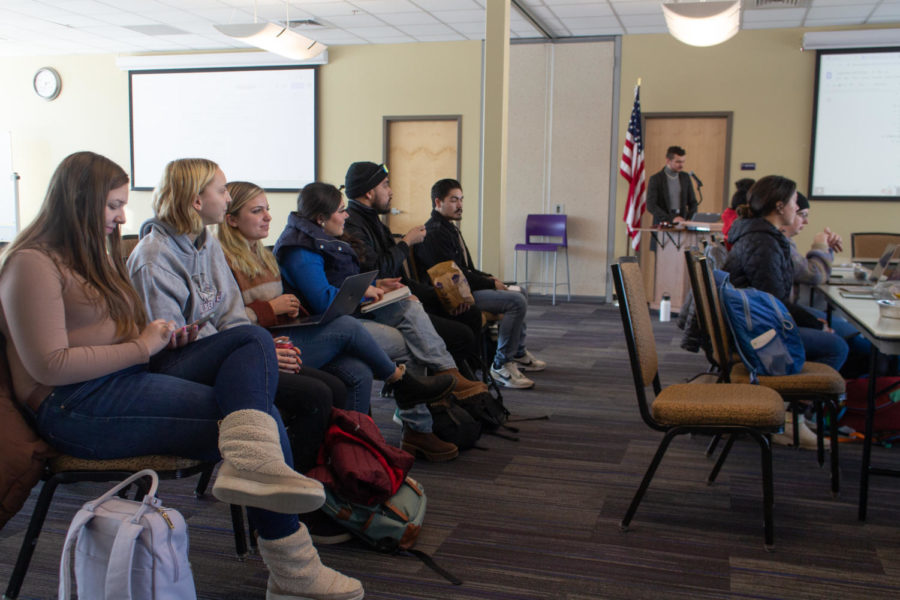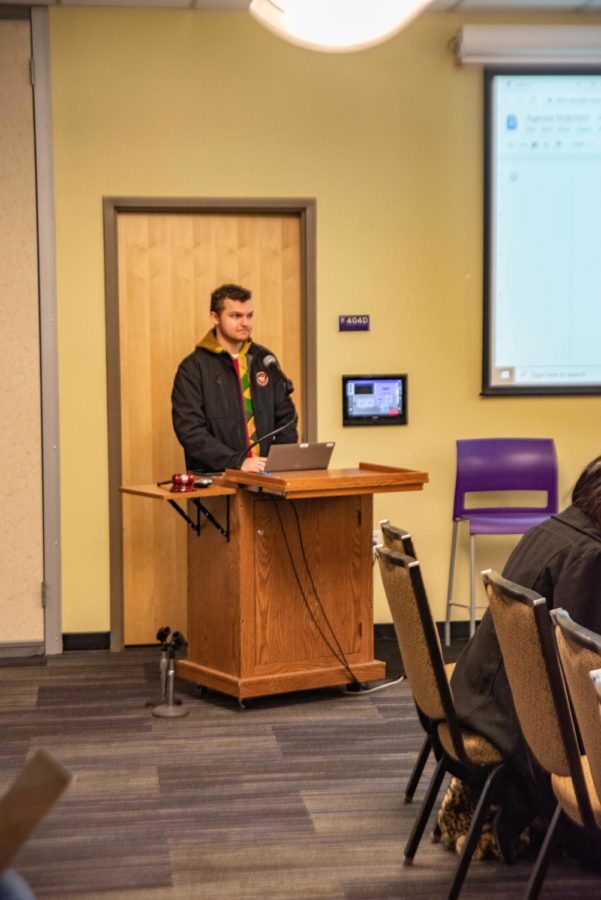Correction: In the Oct. 7 edition of The Signpost, Bruce Bowen was incorrectly identified as a member of the faculty senate. Bowen is not a member of the faculty senate, but associate provost at Weber State University.
Bruce Bowen, associate provost at Weber State University, proposed changes for the scheduling of semesters to the student senate for discussion at the senate’s meeting on Monday.
“In 2006, there was a resolution passed by the student senate saying to the university, ‘Please look at summer semester,’” Bowen said. “We had so many different parts of term, it was very difficult for students to go full-time.”
Two options for changes to the academic calendar were presented to the faculty, with a third option being proposed to the student senate after the initial discussion.
“In summer 2009, we launched the first tri-semester academic calendar,” Bowen said. “It was so popular that we increased budget-related full-time equivalent, which means to get one full-time equivalent. That’s one student taking 15 hours.”
That summer, the number of full-time equivalents increased 10 percent, with another 10 percent increase the following summer. Full-time equivalents increased by another 8 percent last summer.
“This is very popular with students,” Bowen said.
Bowen said summer semester will never be as popular as fall and spring, but added that 45 percent of students enrolled in fall and spring also take summer classes.
Faculty and students said they wondered if spring semester could start the second week in January, rather than immediately after the holidays. This would give students and faculty more time to prepare for classes.
Another concern was the lack of designated final exam days in summer semester. Currently, there are four days in the fall, three in the spring and none in summer semester.
The newest proposed change to the academic calendar retains spring and fall breaks, with fall semester beginning after Labor Day and each semester beginning on a Wednesday. Each semester would also have a few days set aside for finals, making them all 15 weeks long.
The most noticeable change would be the time between spring and summer semesters, with the break only being seven days.
“Summer semester is really deceiving as far as class time,” said Colt Mortenson, WSU senator for students with disabilities. “Generally, summer classes are only seven weeks. Very rarely do you find a course that is 14 weeks.”
Bowen said that each semester has two seven-week blocks within it, but more of the shorter classes are offered in the summer.
“The data actually shows there are more classes being taught that are the full 14 weeks than the blocks,” he said.
Michael Vazquez, residence life senator, said the current setup has advantages for students taking classes at the university, one of them being that it allows more time for students to study abroad.
Another issue is the number of weeks in each semester. In order to comply with federal financial aid, a semester must contain 15 weeks.
In addition to the three proposed changes, the faculty might decide to continue with the current academic calendar.
“Those five or six things I just outlined are really just tweaks to the calendar,” Bowen said.



